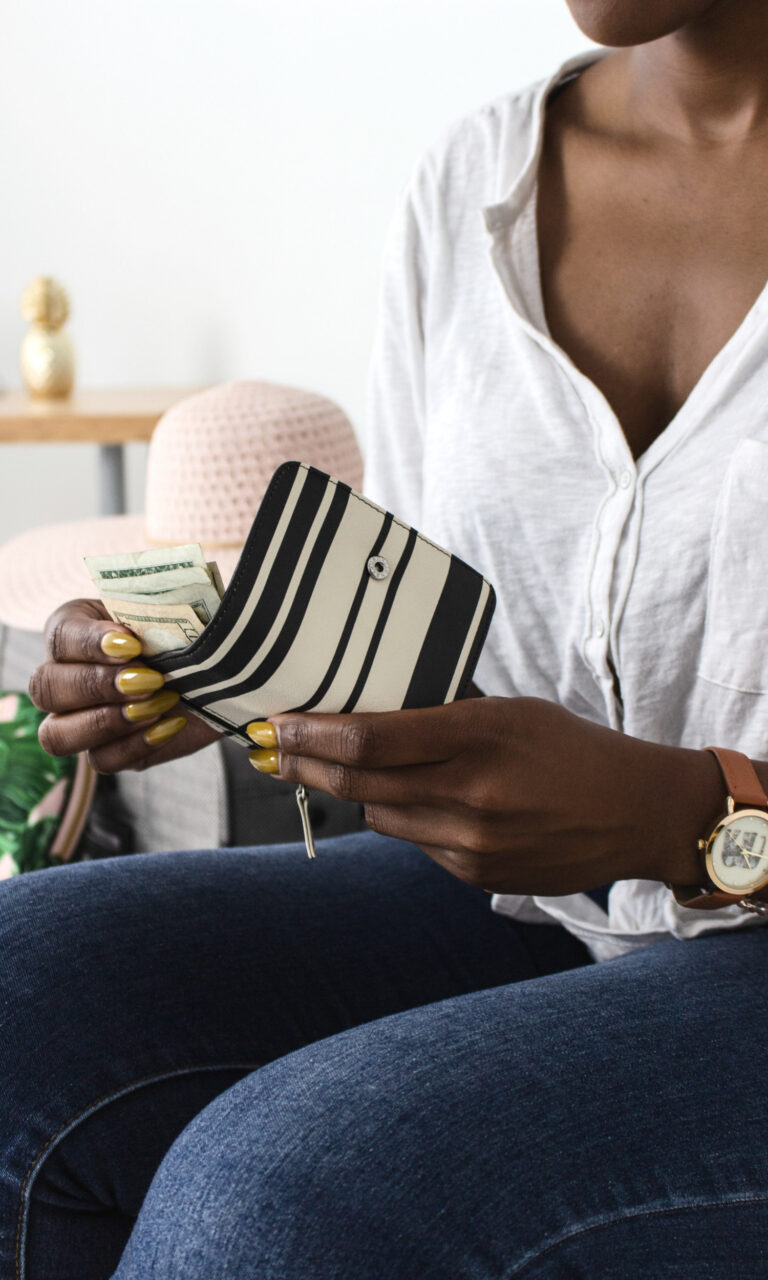Basic Skincare Routine For Beginners: How To Build Your Own Skincare Routine
Beginner’s guide to skincare: Basic skincare routine for beginners.
The world of skincare can feel overwhelming when you’re a beginner.
You see countless products on social media and insanely long celebrity and influencer skincare routines, not to mention complicated terminologies which make you feel lost.
However, skincare is not as complicated as it seems to be.
You just need to know simple basic steps. Yes! You don’t need a million products and an hour-long skincare routine to have beautiful skin or address your skin concerns.
In this post, I will share a basic skincare routine for beginners, the right skin care routine order for the morning and night, and the best skin care routine products.
Basically, everything you need to create a daily skin care routine at home as a beginner.
After reading this post, you will be a pro and ready to start a skincare routine your skin will love.
This post is about the most basic skincare routine for beginners. But first things first…
Know Your Skin Type
According to dermatologists, there are 4 different skin types, and knowing your skin type will help you choose the right products to add to your skincare routine.
-
Normal Skin: Normal skin is well balanced, and it feels and looks neither oily nor dry. This skin type has a smooth texture and a clean appearance.
-
Oily Skin: Oily skin appears shiny and feels greasy, especially on the forehead, nose, and chin.
-
Dry Skin: Dry skin, on the other hand, is typically dull looking, feels tight, and may become flaky.
-
Combination Skin: If your skin shows characteristics of both dry and oily skin, then you may have combination skin. The T-Zone (forehead, nose, and chin) is usually oilier, while the cheeks are usually either normal or dry.
Sensitive skin is usually classified as a skin type, but any of these 4 skin types can be sensitive.
If you have sensitive skin, your skin may feel like it’s burning, itching, and dry, and it may appear red.
This is usually caused by certain ingredients, such as fragrance or dyes.
However, it may also be caused by environmental factors.
Identifying what kind of products your skin reacts to and other triggering agents in your environment is an essential part of taking care of sensitive skin.
How to Check Your Skin Type at Home
To check your skin type at home, do this simple test.
Wash your face with a gentle cleanser, pat it dry, then wait for 30 minutes. If your skin looks shiny after 30 minutes, you have oily skin.
If it feels tight when you smile and appears flaky or scaly, you likely have dry skin.
On the other hand, if, after 30 minutes, you notice that only your T-zone (Forehead, nose, and chin) is oily, you likely have combination skin.
If you only notice a slight shine on your nose and forehead, but your skin feels hydrated and comfortable, then you have normal skin.
Basic Skincare Routine For Beginners
You should have a morning and nighttime skincare routine. Here are the most basic yet essential steps to add to your AM and PM routines:
Step 1: Cleanse
Cleansing should be the first step of your skincare routine. Washing your face with a cleanser will help you get rid of dirt, pollutants, and grime covering your face.
This is especially important because getting rid of the gunk that builds up on your face during the day or while sleeping enables other products in your routine to penetrate into your skin.
You should wash your face with a cleanser both in your morning and nighttime routine.
If you notice that washing your face with a cleanser in the morning leaves your skin dry, you can stop using a cleanser in the morning and only wash your face with water.
However, you should ALWAYS use a cleanser in your nighttime routine to remove sweat and dirt that accumulates on your skin during the day.
If you wear a lot of makeup, it is best to double cleanse in your nighttime routine to make sure you remove all the makeup and get deeper into the pores.
A good cleanser is one that properly cleans your face and hydrates it at the same time instead of leaving your skin feeling tight.
These are some of the best cleansers that will not strip your skin.
CeraVe Hydrating Facial Cleanser
Cetaphil’s Gentle Skin Cleanser
Step 2: Moisturize
The second step after cleansing is moisturizing. Moisturizing repairs your skin, and a good moisturizer is essential to achieve soft and supple skin.
You should not skip this step EVEN IF you have oily or acne-prone skin.
This is an essential step because your skin could become too dry or too oily if you wash your face and never apply a moisturizer.
You can choose your moisturizer depending on your skin type. However, depending on your individual skin concerns, you can also choose to use a moisturizer that contains additional ingredients that target those skincare concerns.
For example, if your skincare concern is premature aging, a moisturizer containing Vitamin C will be life-changing as Vitamin C improves wrinkles and the skin’s overall appearance.
For your nighttime routine, moisturizing should always be your final step.
These are some of the best moisturizers you can add to your skincare routine if you don’t know where to start.
Cetaphil’s Daily Hydrating Lotion
La Roche-Posay Toleriane Ultra Face Moisturizer for Sensitive Skin
Step 3: Apply Sunscreen
In your morning skincare routine, the final step should be applying sunscreen. This should be done after applying a moisturizer.
You should not only apply sunscreen on a sunny day out. Even on those days you stay inside all day and it’s cloudy; this step should not be skipped.
Sunscreen is an important part of your routine because it protects your skin from harsh UV rays, which increase your chances of skin cancer and lead to aging.
Always go for SPF 30 or higher to ensure you’re well protected.
These are some of the best quality sunscreen options to add to your skincare routine.
Make It Matte SPF 45 Sunscreen
All-around Safe Block Waterproof Sun Milk SPF50+ PA+++
Once you have all the necessary products, you can quickly put them together into a routine.
For your morning routine, the order should be: Washing your face with a gentle cleanser —> Applying a moisturizer —> Applying SPF.
As for your nighttime routine, you should just cleanse and apply a moisturizer.
And remember: Consistency is key when it comes to skincare, so make sure you keep up with your morning and nighttime skincare routines.
Your skin will thank you for it, and you will see results.
Adding More Steps to Your Skincare Routine
Once you have your basic skincare routine down, you can decide to add more steps to your routine.
For example, you can add a toner, an exfoliating product, or a face serum to your skincare routine.
However, you shouldn’t buy these products just because you see other people using them on social media.
Using more products can actually do more harm than good, so you need to be intentional about every product you add to your skincare routine.
You should always be hoping to achieve something from these additional products, which is why a serum or toner should have active ingredients that will help you address your individual skin concerns, such as acne, dull skin, premature aging, etc.
But if you’re happy with the results of the basic 3-step skincare routine, there is no need to add more products or steps to your routine.
Also, keep in mind that any other step you add into your morning or nighttime routine should be in between cleansing and moisturizing.
This post showed you the most basic skincare routine for beginners.
Loved these tips? Save this on Pinterest to get back here later!















